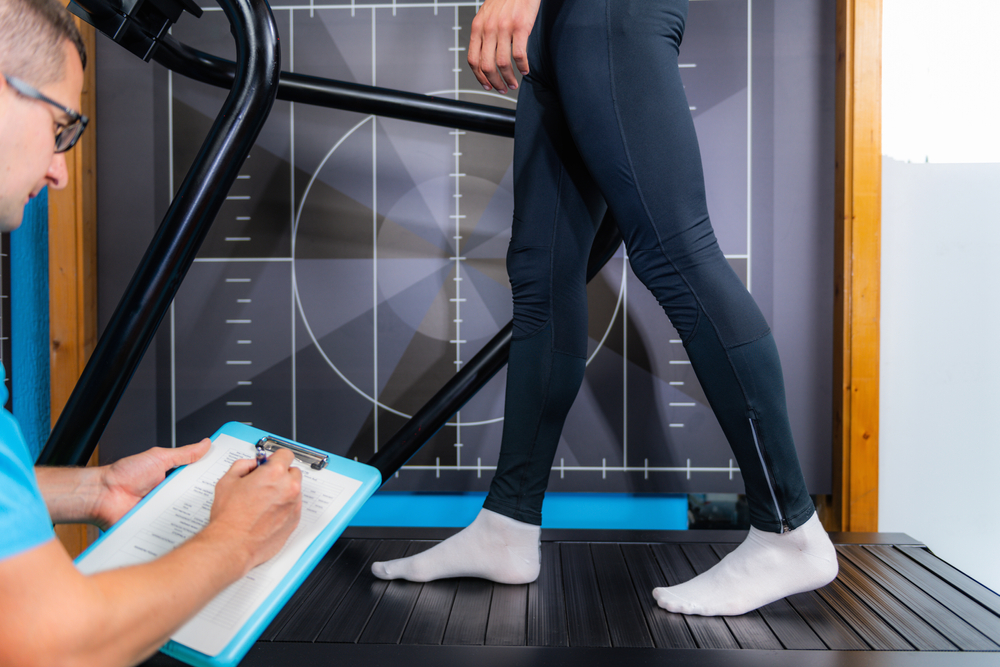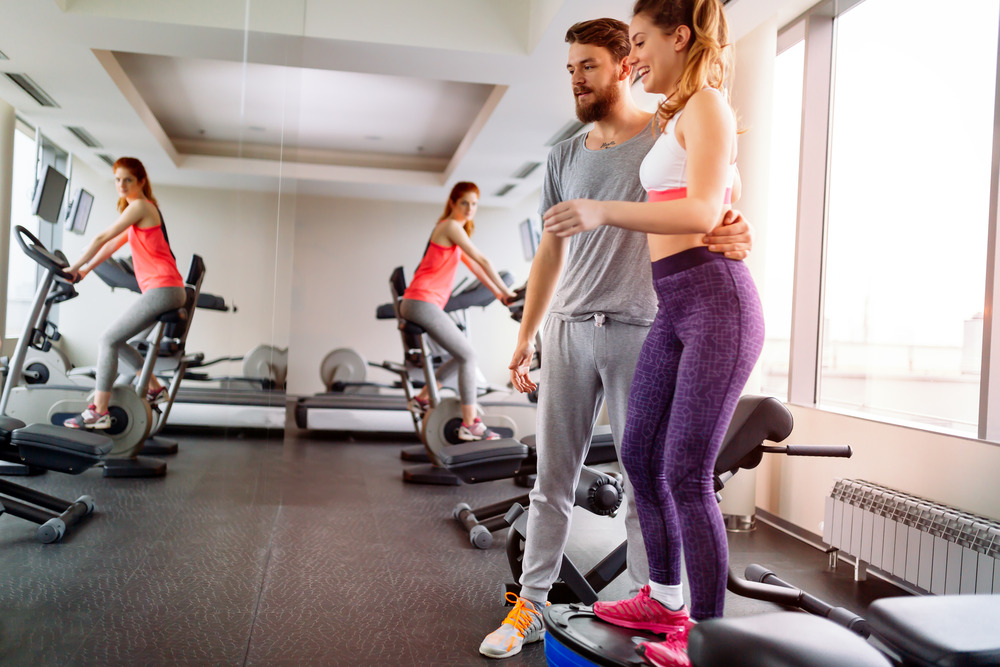Contents
Maintaining your balance and gait can become more difficult as you age. If you have a hard time maintaining your balance, finding a solution is vital. Enhancing your balance can help improve your daily functioning and prevent injuries. Not sure where to start with improving your balance? Physical therapy can play a crucial role. With tailored balance training, your physical therapist can work with you to maintain good balance and gait. Physical therapy incorporates a range of treatment methods, including hands-on techniques and personalized exercises.
Improving your balance and stability can be key to preventing falls. According to the Centers for Disease Control and Prevention (CDC), there are about 1 million fall-related hospitalizations among older adults annually. Falls can lead to serious injuries, such as joint dislocations and bone fractures. These injuries can require lengthy recovery processes. Do you want to avoid injuries and stay healthy? Your physical therapist can help. Dynamic balance exercises may be an essential aspect of your physical therapy treatment.
Dynamic exercises are exercises that involve active movement. They differ from static exercises, which are sometimes called isometric exercises. Planking is one example of an isometric exercise, as it involves keeping your body in a static position. While isometric exercises can be good for your health and fitness, they are not always the best option for improving your balance. Dynamic exercises are often more effective, as they require you to keep your balance while in motion. Learning about some of the most effective dynamic balance exercises can help you start improving your condition as soon as possible.
7 top dynamic balance exercises for seniors
- Single-leg stance — A single-leg stance is a fairly simple balance exercise. To do this exercise, stand straight on one leg. You can place your hands against a nearby wall or chair for support. With one leg planted, lift the other leg into the air and hold it up for around 15 seconds. Then lower your foot back to the floor and raise the other leg. Alternating legs helps strengthen muscles in both legs, enabling them to better support the rest of your body. Balancing on one leg can be a highly beneficial exercise, as it builds strength and improves balance. If you have trouble with this exercise, your physical therapist can help you make modifications or find more viable alternatives.
- Sidestep walking — Want to improve your stability when moving side to side? Sidestep walking can help. This exercise focuses on improving lateral stability, which is key to maintaining balance. To do this exercise, start by standing up straight. Keep your feet about shoulder width apart. From this position, step to the right with your right foot. Next, move your left foot in the same direction so that your feet are once again parallel to your shoulders. Continue walking in this way for 10 steps; then reverse the sequence and walk 10 steps to the left. If you want to engage your upper leg muscles more with this exercise, you can use a resistance band. Wrap a resistance band around your thighs so that it stretches whenever you widen your stance. The resistance created helps engage your leg muscles and further improve your balance. Your physical therapist can help you find a version of this exercise that works well for you.
- Walking backward — Backward walking and forward walking engage different muscles. By walking backward, you can engage muscles that you don’t use as often. Walking backward can build strength and help your body adjust to different kinds of movement, improving your stability. When walking backward, take slow, controlled steps. This can help you avoid falls as you get accustomed to walking backward. Make sure you have a clear path free of tripping hazards. Take 10-15 steps backward at a time; then return to your starting position.
- Clock reach — Do you have trouble maintaining your balance whenever you bend or hunch over? The clock reach exercise can help you stay stable. This exercise starts by taking a single-leg stance. Keeping one foot planted, bend your other knee and raise it forward so that your raised foot is parallel to the other calf. With your left hand on a solid surface for stability, raise your right arm so that it’s pointed directly forward. Imagine that your body is the center of a clock and your raised arm is pointed at 12 o’clock. By moving your arm to the right, you can reach 3 o’clock. Extend your arm behind you to reach 6 o’clock. From here, you can reverse direction and return your arm to the starting position. Then, alternate arms and legs. This exercise involves constantly shifting your weight while standing on one leg. This can help your body stay balanced when your weight shifts while leaning or bending.
- Step-ups — Do you feel unstable when ascending stairs? Step-ups may be a helpful exercise for you. Step-ups are a good way to simulate stair climbing in a safe environment. This exercise helps build strength in your legs and improve overall stability. To do step-ups, you will need a low bench or step that you can use to practice. Step up with one foot; then bring your other foot up as well. Step back down with the first foot; then lower the other again. Repeating this activity several times with each leg can help you improve your stair-climbing ability.
- Heel raises — Your lower legs play a crucial role in keeping you planted on the ground. By exercising your calves, you can improve your lower leg strength and stability. One of the best dynamic exercises for your calves is heel raises. To do heel raises, start in a static standing position. Then gradually lift your heels off the floor. You should feel your weight shift to your toes. After holding for a few seconds, slowly lower back to the floor and repeat. Your physical therapist may recommend 10-15 repetitions for each exercise session. Heel raises engage your calf muscles and make you balance on your toes, allowing you to improve your strength and balance at the same time.
- Cross-body leg lifts — Want to develop your core muscles? Building strength in your core muscles can have many benefits, from reduced lower back pain to improved balance and stability. One of the best ways you can build your core is with dynamic balance exercises like cross-body leg lifts. Cross-body leg lifts engage your legs as well as your core muscles. To do this exercise, stand straight on your left leg. Raise your right leg and swing it across your body to the left side. Continue moving your right leg back and forth around 10-15 times; then try this exercise again with your left leg.
Which balance exercise is best for improving dynamic balance?
Improving your dynamic balance can make it easier to engage in dynamic balance exercises. If you’re having trouble with exercises like heel raises and sidestep walking, some core balance exercises may be useful. The best exercise for improving dynamic balance will depend on your particular capabilities and condition. Your physical therapist can help you find balance exercises that match your needs.
One of the best exercises for improving your dynamic balance is tandem walking, in which you walk by putting one foot directly in front of the other, touching heel to toe. By enhancing your dynamic balance, this exercise can make it easier to engage with other balance exercises.
Discover more exercises and balance training methods at Lattimore Physical Therapy
Do you want to keep improving your balance and stability? You can get tailored balance and gait training at Lattimore Physical Therapy. We offer a range of treatment options, including targeted exercises, manual therapy and more. With our help, you can improve your physical condition and stay on balance.
Contact our team today for more information about balance training or to schedule an initial appointment.



